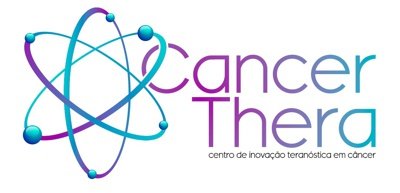
In addition to tumor-removal surgery, radiotherapy, chemotherapy, targeted therapy, and immunotherapy are traditional procedures for treating skin cancer patients. Proposing new alternatives, Ph.D. candidate Tuany Zambroti Cândido, from the Graduate Program in Medical Clinic at the Faculty of Medical Sciences of the State University of Campinas (FCM/Unicamp), with support from the São Paulo Research Foundation (FAPESP, grant No. 2016/07729-4), along with other researchers from Unicamp, the University of Araraquara (Uniara), and the Donostia International Physics Center (DIPC), conducted an in vitro study using tumor cell cultures. The study applied a palladium(II) metal complex with desoxyaline, called “Pd-sac,” offering a promising therapeutic perspective.
For some time, metal complexes have been used as therapeutics for cancer patients, with the most common being those derived from cisplatin (whose antitumor activity was discovered in the 1960s), such as platinum(II) complexes. Seeking options with fewer side effects than cisplatin-based drugs, scientists have been testing palladium(II) complexes, which have a structural configuration similar to platinum(II) complexes and behave similarly in terms of tumor destruction. “Studies on palladium(II) complexes began over 20 years ago, always focusing on the search for agents with antitumor activity,“ says Dr. Pedro Paulo Corbi, professor at the Unicamp Institute of Chemistry (IQ/Unicamp), principal researcher at CEPID CancerThera, and one of the study’s leading investigators.
Desoxyaline, on the other hand, is an amino acid derived from garlic with important biological properties, especially as an antioxidant agent. Recent studies have shown that desoxyaline prevents the proliferation of tumor cells and induces their death. Therefore, researchers investigating Pd-sac believe that combining palladium(II) complexes with desoxyaline could lead to new drugs with significant effects on skin tumors.
“Pd-sac’s action as an inhibitor of melanoma cell proliferation and an inducer of their death indicates the complex’s potential for treating patients with the tumor. Considering that immunotherapy is costly and conventional chemotherapies offer modest clinical benefits, the discovery of new pharmacological agents is highly relevant for the country and the world, particularly for oncology services with substantial financial constraints,“ emphasizes Dr. Carmen Silvia Passos Lima, professor at FCM/Unicamp and principal investigator at CancerThera.
The article “Crystal Structure and Antiproliferative and Mutagenic Evaluation of a Palladium(II) Complex with Desoxyaline,” published in Inorganics (Volume 12, Issue 7; DOI: 10.3390/inorganics12070194)) on July 18, 2024, reports that Pd-sac exhibited selective antiproliferative activity against melanoma cells—the deadliest type of skin cancer—without affecting normal skin cells, known as keratinocytes (which produce keratin, a protein essential for skin protection and its appendages). This suggests that Pd-sac can target cancer cells without causing significant damage to healthy cells, a common problem with some conventional cancer treatments.
A path for innovation
“The search for alternatives to treat skin cancer patients is one of the main goals of our research. In this context, Pd-sac’s ability to block tumor cell proliferation opens the door for new metal-based drugs, such as palladium(II) complexes, to be developed and tested for skin cancer treatment,“ explains Corbi.
Beyond its selective antiproliferative efficacy, Pd-sac was also considered “non-mutagenic” in preliminary tests, meaning it does not alter the genetic material of cells (DNA). Genetic mutations are potential factors in tumor development, so the non-mutagenic property of Pd-sac increases its chances of being used in a safe and effective treatment in the future.

In the same study, researchers elucidated the Pd-sac structure for the first time (see illustration above), confirming how the desoxyaline molecule coordinates with palladium(II), which may be the key structural feature for its effectiveness. “Structural elucidation was fundamental for advancing studies on potential biomolecular targets, such as DNA and specific proteins. This will allow us to understand how this drug candidate [Pd-sac] acts and interacts with such biomolecules,“ says Corbi.
Lima highlights that new metal-based drugs, such as Pd-sac, identified in in vitro experiments with tumor and non-tumor cells, must have their efficacy and toxicity evaluated in in vivo studies using a melanoma model in mice. These new studies will involve the following researchers: Dr. Gilberto Carlos Franchi Jr., Dr. Fernanda Van Petten de Vasconcelos Azevedo, and Dr. Ericka Francislaine Dias Costa (FCM/UNICAMP); Prof. Dr. Ana Lucia Ruiz Góes and Prof. Dr. João Ernesto de Carvalho, from the Faculty of Pharmaceutical Sciences at Unicamp (FCF/Unicamp). Subsequently, in vivo studies in humans will be conducted by Prof. Dr. Gilberto de Nucci and Dr. Lígia Traldi Macedo, both from FCM/Unicamp.
It is also important to emphasize that the mechanisms of action of new metal-based drugs, such as Pd-sac, will also be evaluated by Dr. Gustavo Jacob Lourenço and Dr. Juliana Carron at the Cancer Genetics Laboratory (Lageca) of FCM/Unicamp. “Thus,“ Lima concludes, “the metal-based drugs identified by this team of researchers open important investigations for other CancerThera researchers, who work in an integrated manner. If Pd-sac is eventually recommended for treating melanoma patients after these studies are completed, CancerThera will provide an undeniable benefit to society by developing a chemotherapeutic drug for melanoma treatment, fulfilling its innovative role.“
About the research team
The following CancerThera researchers, affiliated with Unicamp, participated in the study: principal investigators: Carmen Silvia Passos Lima and Pedro Paulo Corbi; associate researchers: Ana Lúcia Tasca Gois Ruiz, Ericka Francislaine Dias Costa, Fernanda Van Petten de Vasconcelos Azevedo, Gilberto Carlos Franchi Jr., Gustavo Jacob Lourenço, Juliana Carron, João Ernesto de Carvalho, and Lígia Traldi Macedo.
Joining them in testing and evaluations were the researchers: Bianca Alves Schimitd (Unicamp), Déborah de Alencar Simoni (Unicamp), Douglas Hideki Nakahata (DIPC), Gilberto de Nucci (Unicamp), Igor Henrique Cerqueira (Uniara), Flávia Aparecida Resende (Uniara), Mariana Mazzo Quintanilha (Unicamp), and Raphael Enoque Ferraz de Paiva (DIPC).
Text: Romulo Santana Osthues









